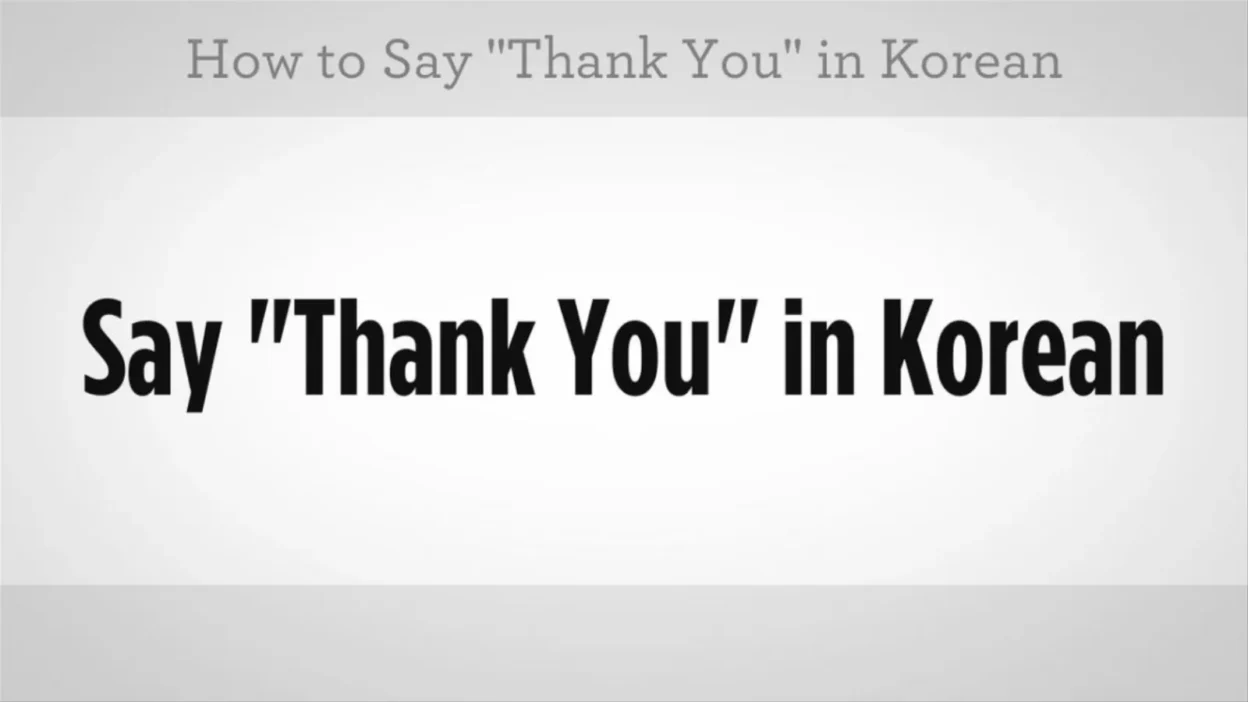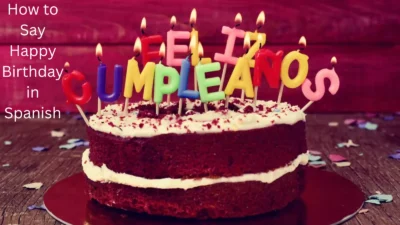How to Say Thank You in Korean is one of the most useful phrases you can learn when starting the language. If you’re visiting Korea, watching K-dramas, or communicating with Korean speakers, knowing how to express gratitude politely is essential.
In this guide, we’ll explore formal, casual, and polite ways to say thank you, including the Korean word for thank you, so you can use the right phrase in every situation.
Understanding how to say thank you in Korean also helps you show respect, which is highly valued in Korean culture. There are different levels of politeness depending on who you’re speaking to. With practice, saying thanks in Korean will become a natural part of your everyday vocabulary.
Say Thank You in Korean:
Here are 15 different ways to say thank you in Korean language, complete with real-world examples and cultural context!
The most natural way to say thank you in Korean informal is 고마워 (gomawo) in the thank you in Korean language system, typically reserved for close friends, peers, or younger people.
This casual expression conveys gratitude warmly and is distinct from its more formal counterparts, making it essential for mastering the right level of politeness in Korean communication.
15 phrases table for thank you in korean
| # | Korean Phrase | Romanization | English Meaning / Usage |
|---|---|---|---|
| 1 | 감사합니다 | gamsahamnida | Thank you (formal, polite) |
| 2 | 고맙습니다 | gomapseumnida | Thank you (formal, slightly softer than 감사합니다) |
| 3 | 고마워요 | gomawoyo | Thank you (polite, semi-formal) |
| 4 | 고마워 | gomawo | Thanks (informal, casual with friends/peers) |
| 5 | 대단히 감사합니다 | daedanhi gamsahamnida | Thank you very much (formal, very polite) |
| 6 | 진심으로 감사합니다 | jinsimeuro gamsahamnida | Thank you sincerely (formal, heartfelt) |
| 7 | 정말 고마워요 | jeongmal gomawoyo | Really, thank you (polite) |
| 8 | 정말 고마워 | jeongmal gomawo | Really, thanks (informal) |
| 9 | 너무 고마워요 | neomu gomawoyo | Thank you so much (polite) |
| 10 | 너무 고마워 | neomu gomawo | Thanks a lot (informal, casual) |
| 11 | 감사합니다, 선생님 | gamsahamnida, seonsaengnim | Thank you, teacher (formal, with title) |
| 12 | 감사해요 | gamsahaeyo | Thank you (polite, slightly softer) |
| 13 | 감사 | gamsa | Thanks (shortened, casual or written form) |
| 14 | 고마웠어 | gomawosseo | Thanks (past tense, informal: “thanks for what you did”) |
| 15 | 감사드립니다 | gamsadeurimnida | Thank you (very formal, humble) |
1. 감사합니다 (gamsahamnida) – Formal
Origin:
This is the most common formal way of saying thank you. It combines “감사” (thanks) with “합니다” (formal ending of “to do”).
Example:
👤 User A: 도와주셔서 감사합니다. (Thank you for helping me.)
👤 User B: 천만에요. (You’re welcome.)
Use: In business, with elders, strangers, or anyone deserving respect.
2. 고맙습니다 (gomapseumnida) – Formal
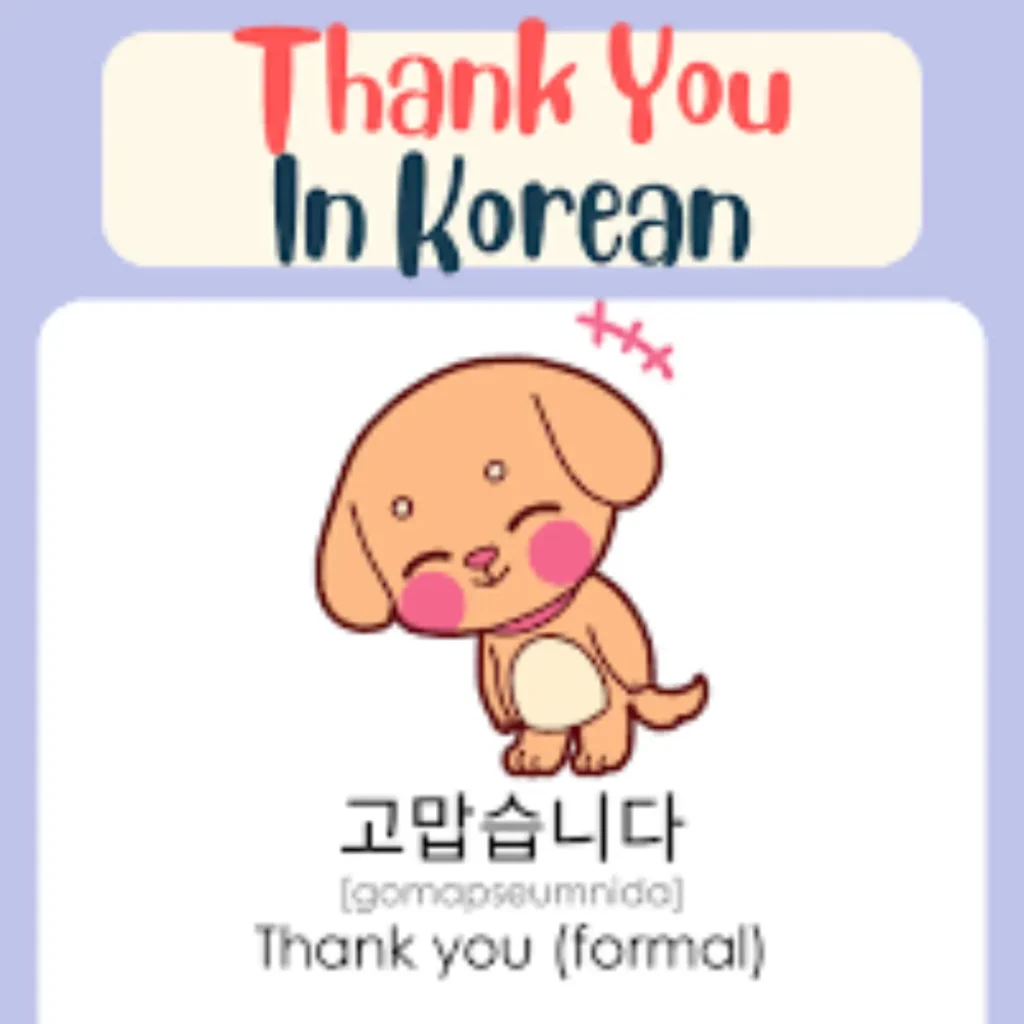
Origin:
Another polite version; “고맙다” is the native Korean word for thankful. This version is also formal, just slightly more casual than “감사합니다.”
Example:
👤 User A: 선물 정말 고맙습니다. (Thank you so much for the gift.)
👤 User B: 별말씀을요. (Don’t mention it.)
Use: Formal yet warm—often used in announcements or formal writing.
3. 감사해요 (gamsahaeyo) – Polite
Origin:
A softened, polite version of “감사합니다,” using the “-해요” style for friendliness.
Example:
👤 User A: 우산 빌려줘서 감사해요. (Thanks for lending me your umbrella.)
👤 User B: 언제든지요. (Anytime.)
Use: Friendly and polite; great for colleagues or acquaintances.
4. 고마워요 (gomawoyo) – Polite

Origin:
A polite version of “고마워.” Combines the native word for thankful with the polite “-요” ending.
Example:
👤 User A: 도와줘서 고마워요. (Thanks for helping me.)
👤 User B: 천만에요. (You’re welcome.)
Use: Slightly more casual than “감사해요”; still respectful.
5. 고마워 (gomawo) – Casual
Origin:
Informal version of “thank you” used with close friends, younger people, or in texting.
Example:
👤 User A: 톡 해줘서 고마워! (Thanks for messaging me!)
👤 User B: 별거 아니야~ (It’s nothing!)
Use: Only use with friends, family, or those younger than you.
6. 정말 감사합니다 (jeongmal gamsahamnida) – Very formal
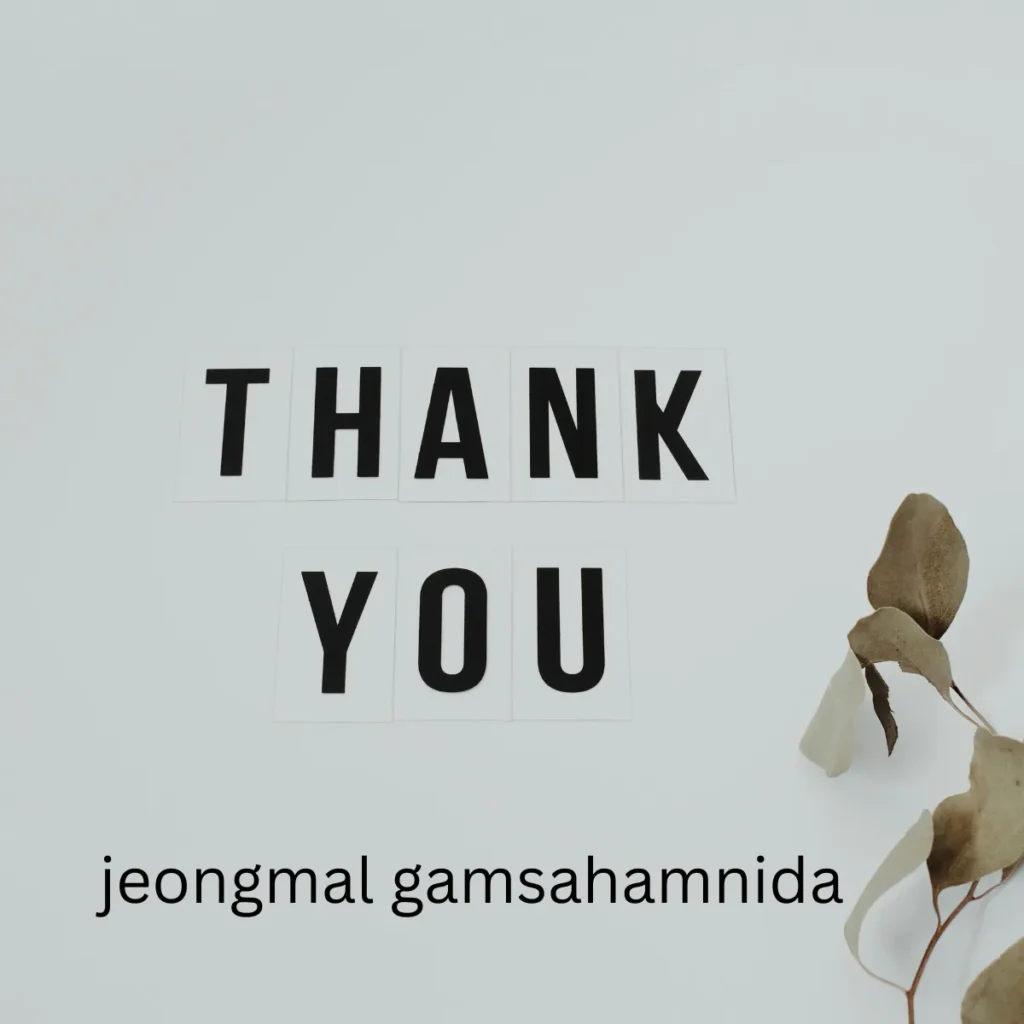
Origin:
“정말” means “really.” Adding it shows deeper sincerity.
Example:
👤 User A: 이 자리에 초대해주셔서 정말 감사합니다. (Thank you so much for inviting me.)
👤 User B: 저희가 영광입니다. (The honor is ours.)
Use: Public speeches, award acceptance, or formal writing.
7. 진심으로 감사합니다 (jinsimeuro gamsahamnida) – Heartfelt formal
Origin:
“진심으로” means “sincerely” or “from the heart.”
Example:
👤 User A: 진심으로 감사합니다. 덕분에 성공했어요.
👤 User B: 그렇게 말씀해주시니 기쁘네요.
Use: Deep, heartfelt thanks; often used in emotional or formal moments.
8. 대단히 감사합니다 (daedanhi gamsahamnida) – Great thanks
Origin:
“대단히” means “greatly” or “extremely.” Very formal and used for deep gratitude.
Example:
👤 User A: 대단히 감사합니다. 큰 도움이 됐어요.
👤 User B: 아닙니다, 당연히 도와드려야죠.
Use: Very formal; common in speeches, business letters, or customer service.
9. 고마워요, 진짜 (gomawoyo, jinjja) – Casual + sincere
Origin:
Adds “진짜” (really) to show emphasis. Informal and sincere.
Example:
👤 User A: 시간 내줘서 고마워요, 진짜.
👤 User B: 괜찮아요, 저도 즐거웠어요.
Use: Close friends or acquaintances; casual and heartfelt.
10. 고마워~ (gomawo~) – Texting or cute tone
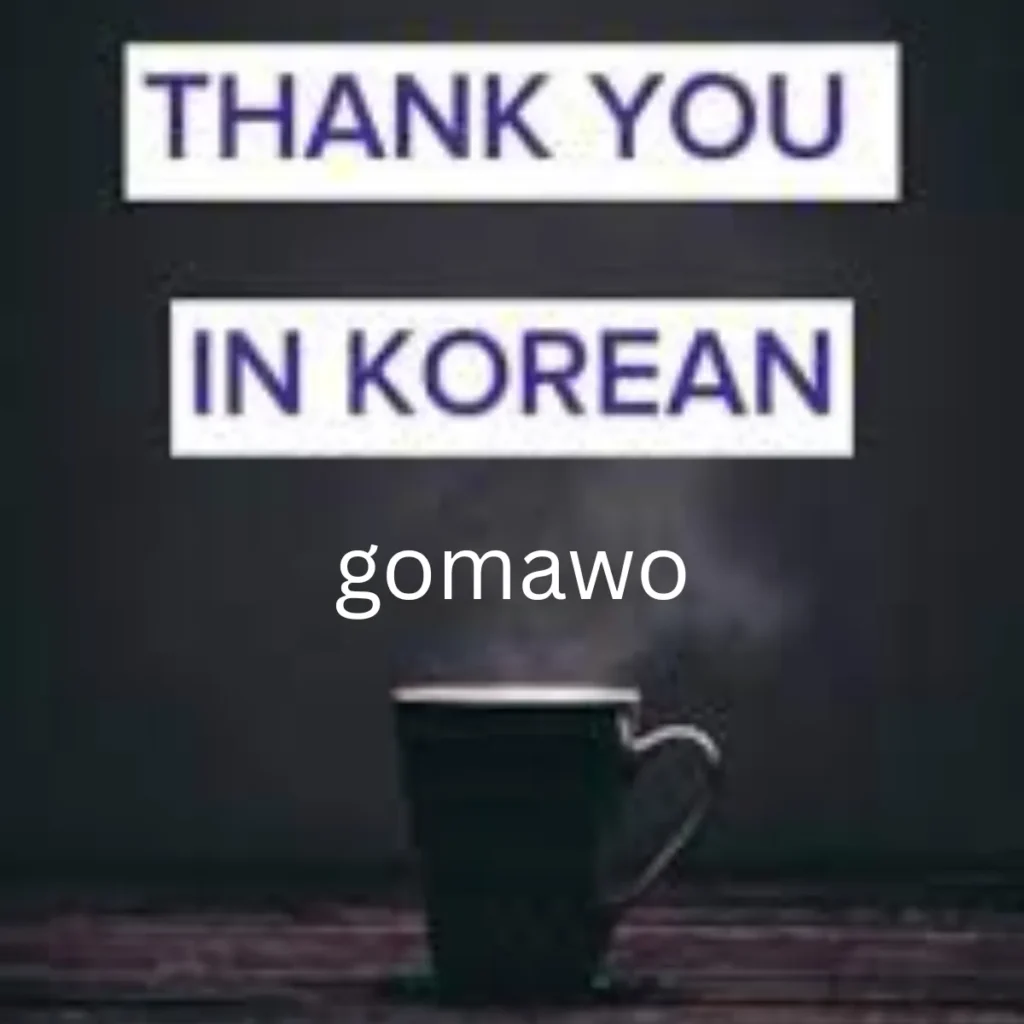
Origin:
The tilde (~) adds friendliness or cuteness in texts or casual speech.
Example:
👤 User A: 선물 고마워~
👤 User B: 마음에 들었으면 좋겠어~ 😊
Use: Casual, sweet, and often used in chats or with partners.
11. 감사드립니다 (gamsadeurimnida) – Ultra-formal
Origin:
Adds the honorific verb “드리다” (to give respectfully). Used to elevate the subject being thanked.
Example:
👤 User A: 귀한 시간 내주셔서 감사드립니다.
👤 User B: 좋은 결과 있기를 바랍니다.
Use: Very formal—used in customer service, politics, or public relations.
12. 고맙다 (gomapda) – Plain form
Origin:
The dictionary (base) form of “thankful.” Neutral and often used in writing or casual speech.
Example:
👤 User A: 나, 진심으로 고맙다.
👤 User B: 나도 네가 있어 고마워.
Use: Casual but sincere; often appears in dramas or written letters.
13. 감사해 (gamsahae) – Casual of 감사해요
Origin:
Casualized from “감사해요.” Still polite but informal.
Example:
👤 User A: 오늘 도와줘서 감사해.
👤 User B: 별 말씀을!
Use: Friendly, respectful casual speech.
14. 복 받으세요 (bok badeuseyo) – Blessing as thanks
Origin:
Literally means “May you be blessed.” A way to thank someone deeply in Korean culture.
Example:
👤 User A: 도와주셔서 정말 감사합니다. 복 받으세요!
👤 User B: 좋은 일만 가득하시길 바래요!
Use: Common when thanking elders or strangers who helped generously.
15. 너무 고마워요 (neomu gomawoyo) – Very thankful
Origin:
“너무” adds intensity—“so” or “very” thankful.
Example:
👤 User A: 너무 고마워요! 생각지도 못했어요.
👤 User B: 그런 말씀 마세요~
Use: Casual but deeply sincere; often in face-to-face thanks.
FAQs
1. What is the most common way to say thank you in Korean?
The most common phrase is “감사합니다” (gamsahamnida) — polite and used everywhere.
2. What’s the casual way to say thank you?
Use “고마워” (gomawo) when speaking to friends, siblings, or someone younger.
3. What is the polite-but-not-formal version?
You can say “고마워요” (gomawoyo) — friendly and respectful.
4. When should I use “감사합니다” vs. “고맙습니다”?
Both mean thank you.
감사합니다 is slightly more formal; 고맙습니다 is polite but feels warmer.
5. How do you say thank you very much?
Say “정말 감사합니다” (jeongmal gamsahamnida) or “대단히 감사합니다” (daedanhi gamsahamnida).
6. Can I say thank you in Korean slang?
Yes — “감사요” (gamsayo) is light, casual, and common online.
7. How do you say thank you in a cute way?
People often say “고마워요오~” in texting to sound soft or playful.
8. What’s the respectful way to thank older people?
Always use “감사합니다.”
9. How do I say thanks for the meal?
Before eating: 잘 먹겠습니다 (jal meokgetseumnida)
After eating: 잘 먹었습니다 (jal meogeotseumnida)
10. How do you reply when someone says thank you?
The most common response is “괜찮아요” (gwaenchanayo) — “It’s okay” or “You’re welcome.”
11. What’s the business/professional way to say thanks?
“감사드립니다” (gamsadeurimnida) — extra polite.
12. Is there a formal written version?
Yes — “진심으로 감사합니다” (jinsimeuro gamsahamnida) meaning “Thank you sincerely.”
13. Is it okay to bow when saying thank you in Korea?
Yes, bowing lightly is respectful and common.
14. How do I thank someone for a gift?
Say “선물 감사합니다” (seonmul gamsahamnida) — “Thank you for the gift.”
15. How do I thank many people at once?
Use “여러분 감사합니다” (yeoreobun gamsahamnida) — “Thank you, everyone.”
Conclusion:
Now that you’ve learned how to say thank you in Korean, you’re ready to show appreciation in a respectful and culturally appropriate way. If you’re speaking to friends, elders, or strangers, using the right phrase makes a great impression.Keep practicing how to say thank you in Korean to build stronger connections and improve your fluency.
It’s a simple yet powerful expression that reflects kindness, respect, and good manners in Korean culture, making the thank you Korean word truly meaningful.With time, these phrases will become second nature in your conversations. So don’t hesitate to use how do you say thank you in Korean every chance you get!
